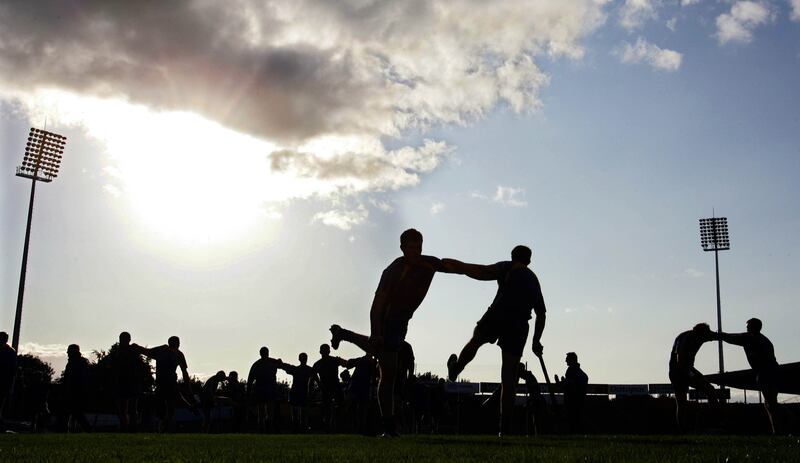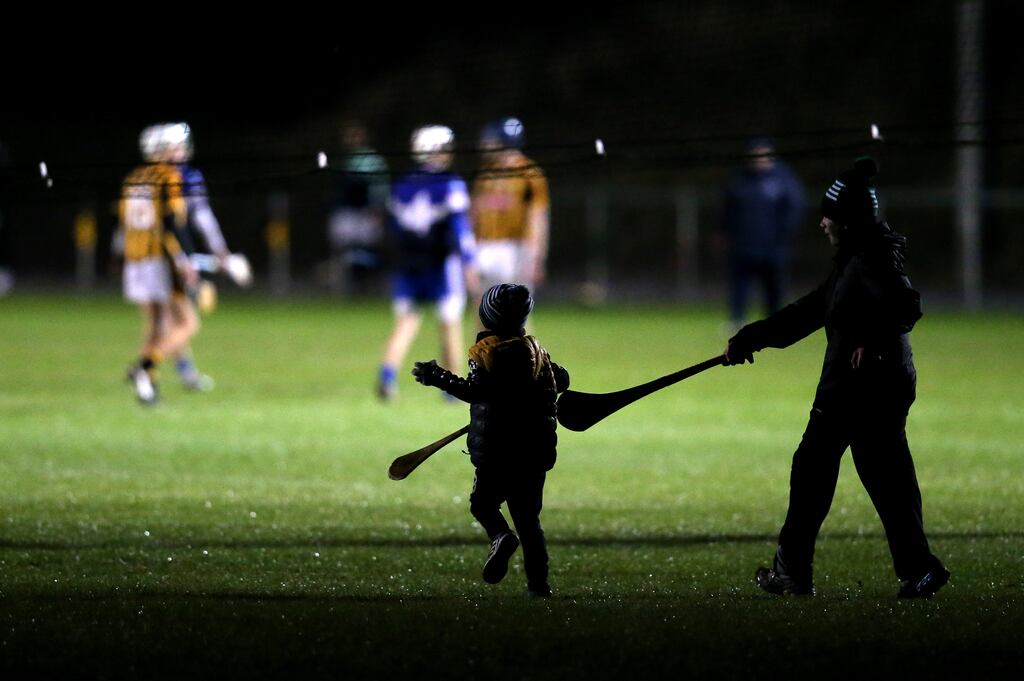The split season has removed the uncertainty in the club schedule. This is good news, covered extensively in recent reviews.
However, the split season has also markedly worsened unavailability of county players to play with their clubs. This is very bad news, which has not been discussed at all.
There are three reasons for county players to play regularly with their clubs.
Firstly, it is blatantly unfair to ask clubs to play important competitive games without the exceptional young players they have identified, nourished and coached. These are the players who differentiate a team from its opposition. This situation is particularly unacceptable for emerging clubs that are effectively punished at the exact time when they are striving to make progress through the lower leagues.
Secondly, playing with the club is the very essence of the GAA. Seeing great players playing big games this week for the county and next week lining out in the local park playing with their friends, while their parents and neighbours and clubmates watch on, is culturally unique and extraordinarily special. We should celebrate, protect and promote this. Instead, we are systematically stamping it out.
The third reason relates to player welfare. The intercounty bubble should come with a health warning. It can foster personal and group anxiety, loss of big-picture perspectives and a drift towards a questionable value system where nothing matters but the result.
Hence the sledging, the intimidation, the ‘play the referee’ approach and the utter indifference to the style or standard of play. Managers can behave oddly too, never more than in the bizarre infatuation with the dummy teams which are a monstrous insult to the named (but not starting) players, their families and their clubs.
Regularly stepping outside the bubble is healthy, humbling, grounding, uplifting and supportive. The current split season is incompatible with county players being regularly active with their clubs and it therefore fails an important test.
A separate issue is that fringe match-day squad players can end up playing almost no games at all with club or county.
Other valid concerns include playing our biggest games at peak holiday times, abandoning the September back-to-school excitement of All-Ireland month, too many meaningless games and handing over the media exposure to other sports for nearly half a year.
With rare exceptions, county players now play only championship games with their clubs. This is an average of four games per team in the standard 16 team championship format. There is a simple solution that would drastically increase the number of games county players play with their clubs without losing the certainty that the split season has delivered.
It means going back to the old calendar, with one new rule which would state that to be eligible to be on a county squad a player must be an active club player. This should mean playing at least 12 competitive club games per year and at least six during the national leagues.
Failure to play these six games would mean the player becomes ineligible to be on the county squad for the championship in the same calendar year.

The core elements of the model would be as follows:
Block 1 (16 weeks)
The football and hurling national leagues are played on alternate weekends, with club football league games played on the same weekends as county hurling and vice versa for club hurling games. County players play national league and club league games on alternate weekends.
Block 2 (four weeks)
After the national league finals, a four-week period is allotted to clubs to play the first two rounds of the group phase of the club championship (based on groups of four).
Block 3 (13 weeks)
From July to September the intercounty championships are run off. Club league competitions continue, without county players
Block 4 (six weeks)
The club championships are completed (by mid-November).
This model retains the certainty of a defined club fixtures calendar. It provides fairness to clubs with county players. It protects the core GAA essence of county players playing with their clubs.
It restores a nine-month period of prominent media exposure for Gaelic games. It is healthier for intercounty players. It brings back the cherished September All-Ireland finals.
It also curtails the runaway and unsustainably expensive march towards professionalism that we are witnessing.
There are two obstacles to this model. Firstly, the county managers will never agree to it. Secondly, it would require all counties to operate their club competitions based on a national club fixture plan.
Both problems are solved by implementing the ‘active club player’ rule because any manager or county board not co-operating would be effectively causing the county to be unable to compete in the championship.
What we want from and so admire in county players is that they do their very best for the county and for the club.
Isn’t this what the GAA is all about?
Noel McCaffrey is a former Dublin footballer and All Star winner, and founder and CEO of Ex-Well Medical















